As people moved to the cities in search of work, the countryside took on new meaning.
c. 1840 - 1900
As people moved to the cities in search of work, the countryside took on new meaning.
c. 1840 - 1900
The Industrial Revolution fundamentally changed the way people lived and interacted.
We're adding new content all the time!
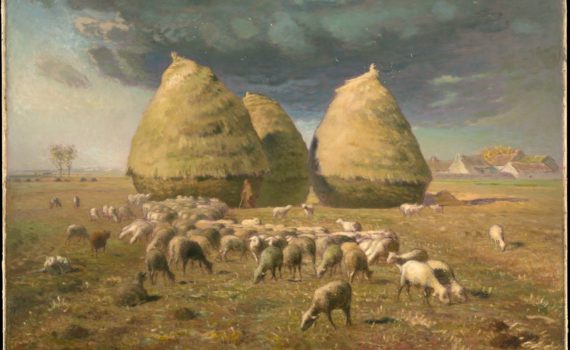
Contemporary artist Xu Bing connects his art training in China's rural areas with Millet's passion and respect for the farmer and nature in this painting
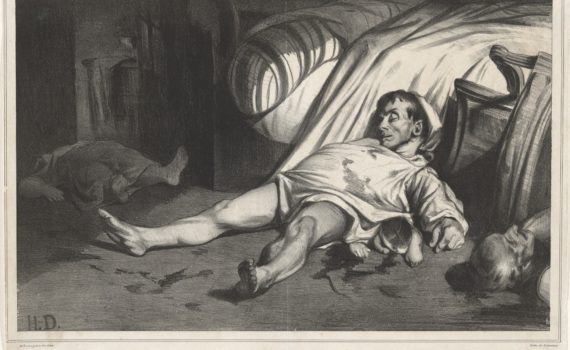
Daumier's Rue Transnonain stands alone for its brutal tone and unflinching commentary on a Parisian uprising that had occurred on April 13, 1834.
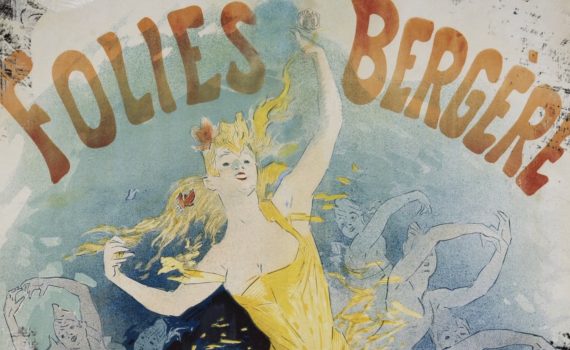
You've likely seen this glassy-eyed late 19th Century barmaid before, but what can we make of this painting today?

Manet turns the tables—or in this case, the bar—on how we view painting.
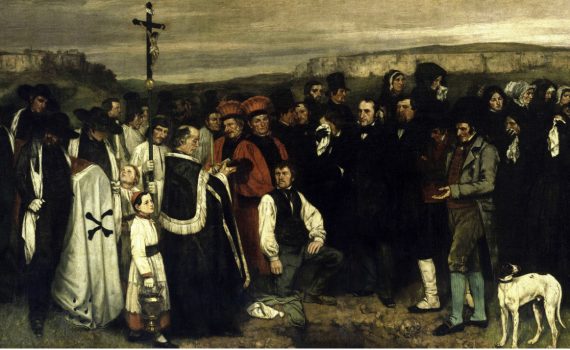
They wanted an epic Biblical image, or one from a Greek myth. He gave them a painting of a modern-day funeral.
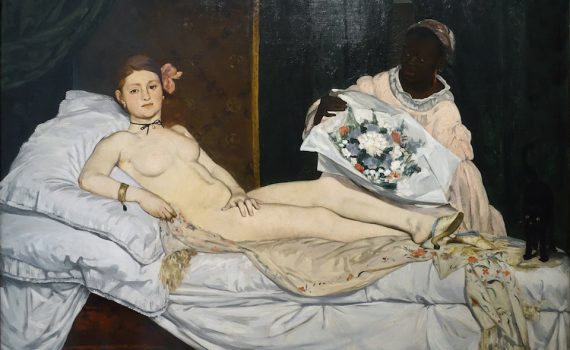
Manet decided to replace the idealized female nude with the image of a known prostitute. It didn’t go so well.
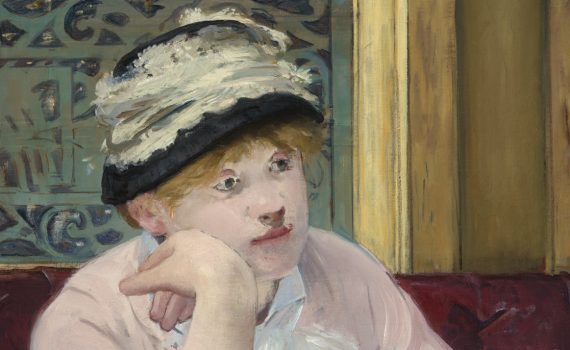
The subject of this painting is breaking almost as many taboos as the artist who painted it.
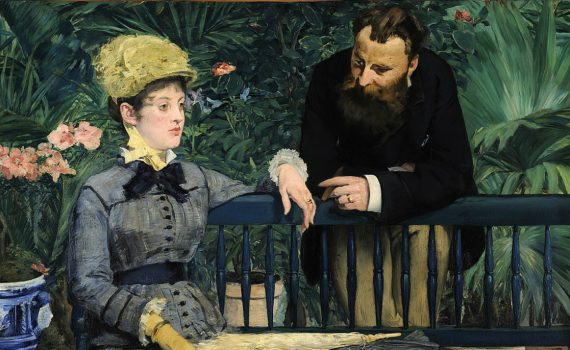
The greenery surrounding this couple is lush and exotic, but it’s clear that there’s trouble in paradise.
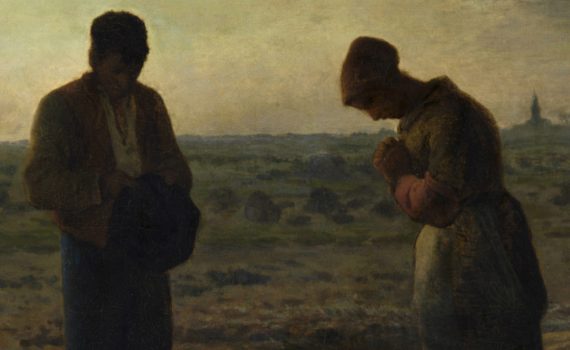
This sentimental scene of a quiet moment of prayer in the fields reflects a nostalgia for religion in modern France.
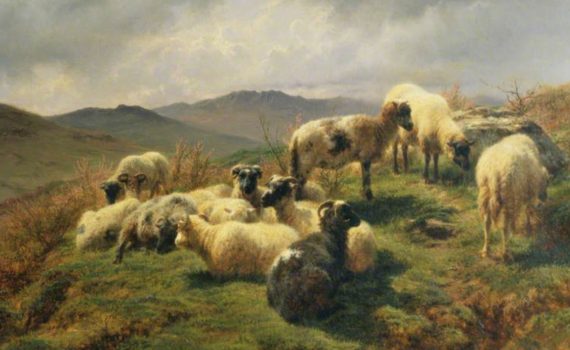
Before the artist could paint this pastoral scene, she had to petition the government… for the right to wear pants.

Rosa Bonheur defies the patriarchy, one masterfully painted ox at a time.
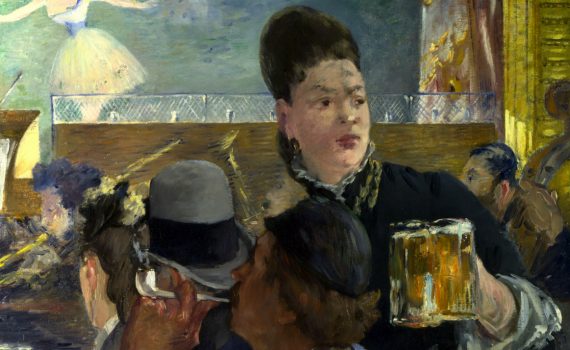
A waitress masters the modern art of multitasking in this lively, bustling bar scene.